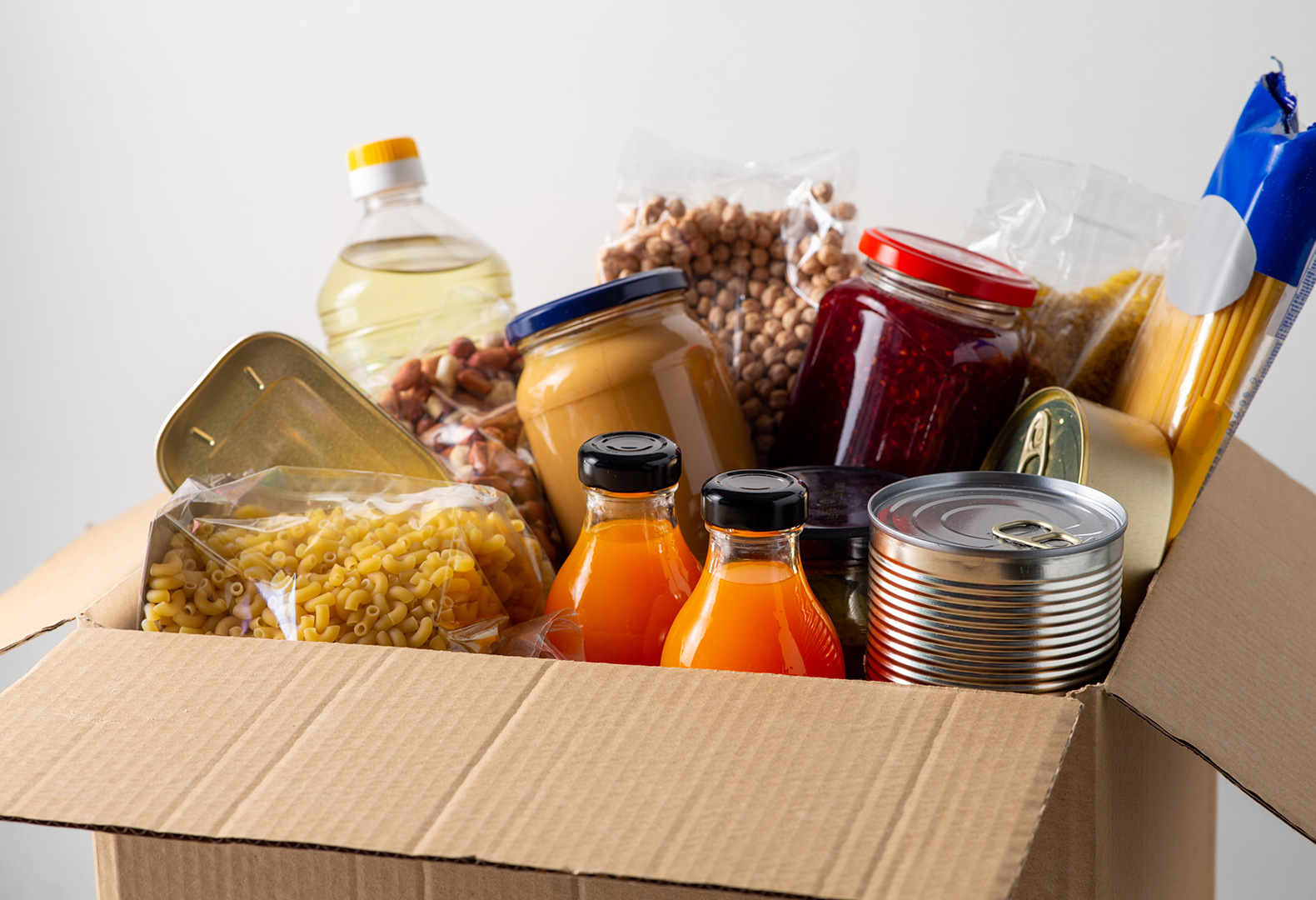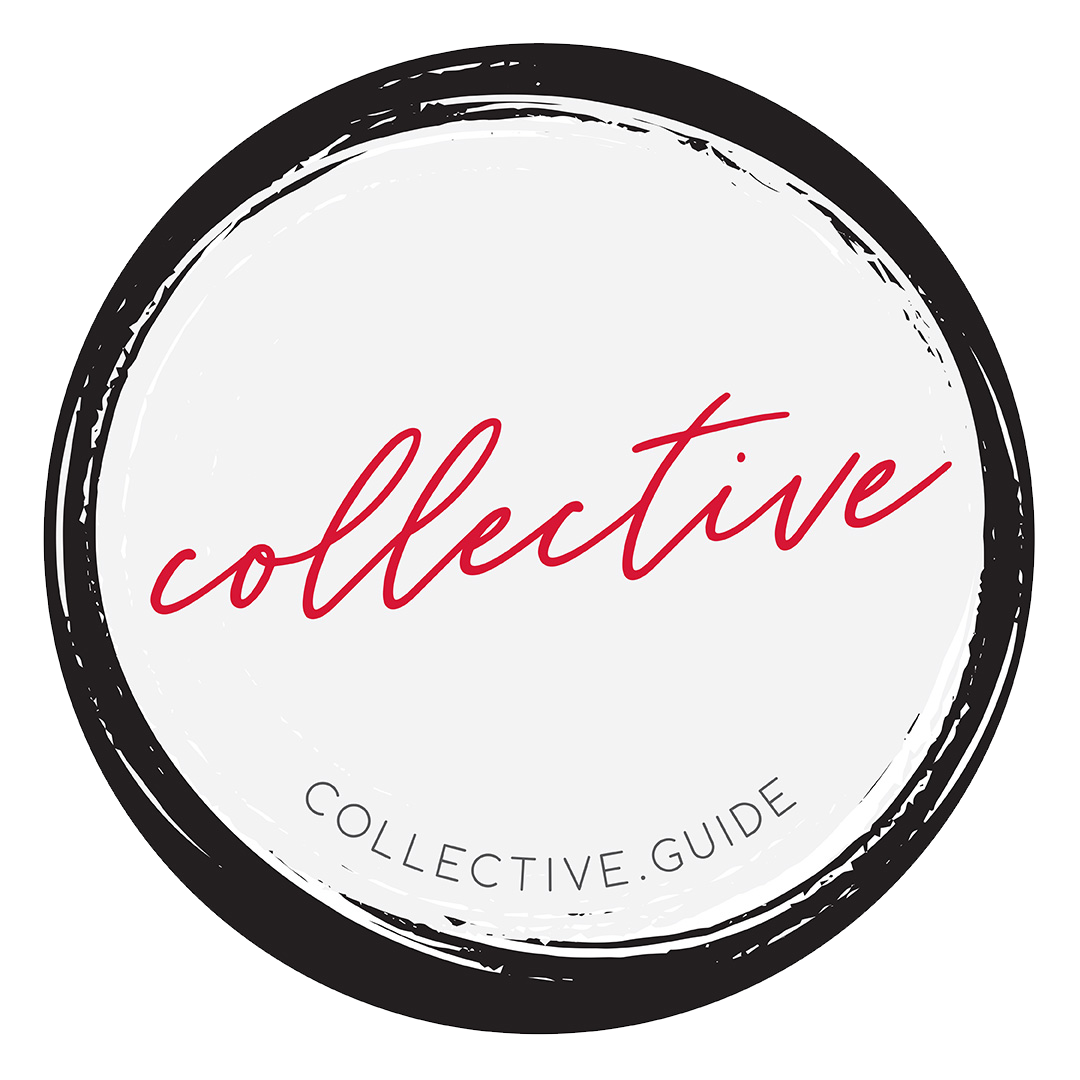
All donations are appreciated, though some are more helpful than others. In order to help, we must first understand that there are individuals and families in our communities who don't have enough to eat and don't know where their next meal will come from. This isn't a pull on heartstrings - it's a harsh reality that exists in every community.
19% of Minnesota households are food insecure.
- Results of 2024 Study by Second Harvest Heartland
What causes food insecurity?
While there are different combinations of factors that cause food insecurity, no one chooses to be food insecure.
Consider income-related factors like low-wage jobs, unemployment, disability, job loss, or unreliable work. The rising cost of living plays a major role. When budgets are stretched thin by housing, transportation, health care, utilities, and childcare, food can become the only flexible expense.
There are community factors such as limited or no access to transportation or health-related factors like managing chronic health conditions or limited access to health care that can make food insecurity worse.
And that doesn't even account for any sort of emergency. When people are unable to afford nutritious food, it can take a toll on physical health, mental health, and general well-being.
Again, no one chooses to be food insecure.
What can you do to help?
Helping is more than cleaning out your pantry. Many people don't realize that the "sell-by"dates are meant for retailers, not consumers, and that these are not food safety dates.
If you're throwing away unopened food because it's past the sell-by date—please consider bringing those items to your local food shelf.
The best way to support your local food shelf is to find out what their current needs are. Here are three main ways to help:
- DONATE FUNDS. Financial donations are impactful. Most food shelves have a network of suppliers where they can directly purchase foods they know they need, sometimes for pennies on the dollar. Their connections to local grocery stores, restaurants, and other food industries help to reduce food waste and keep shelves stocked.
- DONATE GOODS. If you prefer to bring in food items, great! Just keep in mind that every food shelf has different needs and storage capacities, especially fridge or freezer spaces. Many prefer items by the case, as they are easier to sort and distribute.
Commonly requested food donations:- Staples: Milk, eggs, bread, butter
- Proteins: Canned chicken or tuna; canned or dried beans
- Grains and pasta: Cereal, pasta, rice, oatmeal, whole-grain products
- Nut butters: Peanut butter, almond butter
- Canned goods: Canned fruits, canned vegetables, applesauce
- Baking and cooking essentials: Flour, sugar, cooking oil, spices
- Condiments: Ketchup, mustard, mayonnaise
- Hygiene products: Deodorant, soap, shampoo, conditioner, toothpaste, toothbrushes, and feminine care products
- Baby supplies: Diapers, wipes, and formula
- Household supplies: Dish soap, garbage bags, and laundry detergent
- VOLUNTEER. Connect with your local food pantry to see what they need help with. You could be shopping for items, receiving donations, stocking shelves, making appointments for clients, or shopping with clients.
The days and hours for food shelves in every community are different. Check the schedule if you're planning to donate money, food, or time.
Who can receive food?
That answer is simple: anyone who needs it. When you go to a food shelf, you'll likely be asked your name, how many people are in your household, and their ages. This simply helps them document how many people they are serving.
Most food shelves in Minnesota allow self-attestation. This means typically you do not have to provide proof of income, though you may be asked for identification or proof of address to confirm you live in the community.
Where's my local food shelf?
Here are a couple great resources to help you find and connect with a food shelf in your area.
Hunger Solutions/The Food Group: A helpful directory of Minnesota food shelves, searchable by zip code radius.
Second Harvest Heartland: A great collection of resources to help you find food, including local food shelves, food boxes for seniors, Meals on Wheels, discount groceries and food assistance programs.
Your support matters
When you choose to contribute money, food donations, or your time to the local food shelf, you're making a difference in your community.






